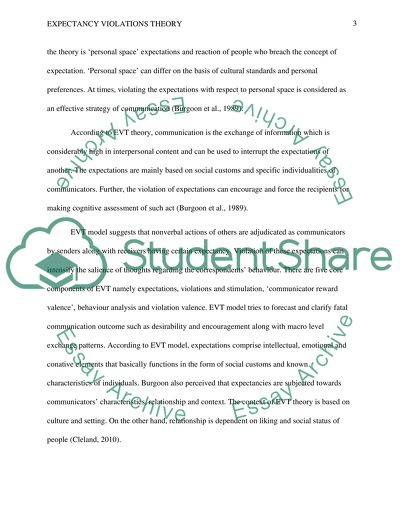Cite this document
(“Expectancy violations theory Research Paper Example | Topics and Well Written Essays - 2250 words”, n.d.)
Retrieved from https://studentshare.org/journalism-communication/1491980-expectancy-violations-theory
Retrieved from https://studentshare.org/journalism-communication/1491980-expectancy-violations-theory
(Expectancy Violations Theory Research Paper Example | Topics and Well Written Essays - 2250 Words)
https://studentshare.org/journalism-communication/1491980-expectancy-violations-theory.
https://studentshare.org/journalism-communication/1491980-expectancy-violations-theory.
“Expectancy Violations Theory Research Paper Example | Topics and Well Written Essays - 2250 Words”, n.d. https://studentshare.org/journalism-communication/1491980-expectancy-violations-theory.


